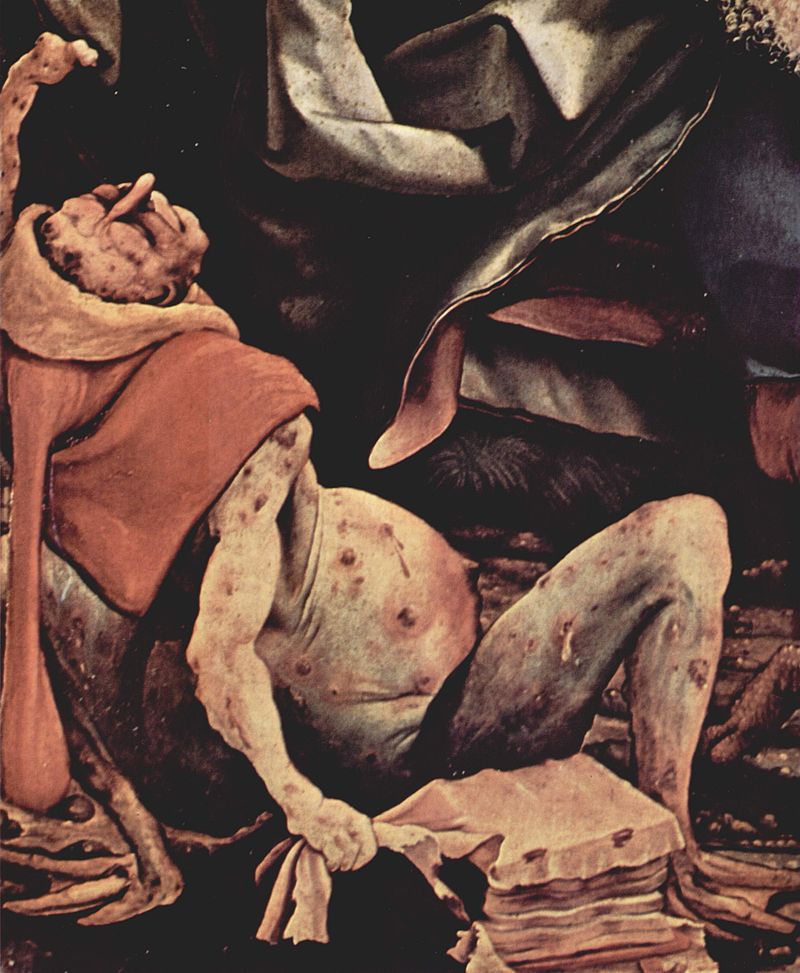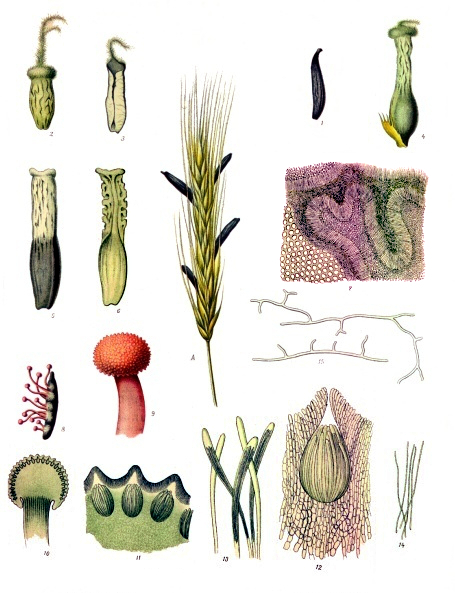I was ferreting through the long grass, admiring the insects which have colonised this small area we've converted to 'meadow', when I spotted these black banana-shaped things sticking out of the grass.
I think these are 'sclerotia' (hardened masses of fungal mycelium) of Ergot Claviceps purpurea.
It's pretty crazy stuff to find in your own front garden. The compounds discovered in Ergot were a precursor to the synthesis of lysergic acid diethylamide: LSD. But even if I was tempted to turn off my mind relax and float downstream, I wouldn't do it by chowing down on these grass bananas. Because Ergot has been responsible for unimaginable human suffering throughout much of history, due to people ingesting infected grain products; especially rye, a common host plant for this fungus, which has long been cultivated as an agricultural crop.
As well as having hallucinogenic properties, Ergot is also seriously poisonous – causing convulsive symptoms, psychosis, gangrene and death. I gotta say, its effects look pretty unpleasant.
 |
| Painting by Matthias Grünewald of a patient suffering from advanced ergotism from approximately 1512–16 CE. [Image from Wikimedia Commons] |
These black bananas are only really a 'waiting' stage in the Ergot's lifecycle.
 |
| Claviceps purpurea life cycle. [Image from Wikimedia Commons] |
If it's not picked by some curious amateur mycologist, or collected for the war effort, the mature sclerotium drops to the ground and remains there, dormant, until suitable conditions trigger its fruiting phase.
| Fruiting stage of Claviceps purpurea. [Image from http://www.cieliparalleli.com/costume/tarantismo-lingestione-dellergot-in-religioni-popolari-ditalia.html] |
References
Mostly good ol' Wikipedia: https://en.wikipedia.org/wiki/Claviceps_purpurea
For the record
Date collected: Sunday 5 August 2018
Location: Small Dole
Grid reference: TQ2112
Record entered into FRDBI 07/09/2018

No comments:
Post a Comment